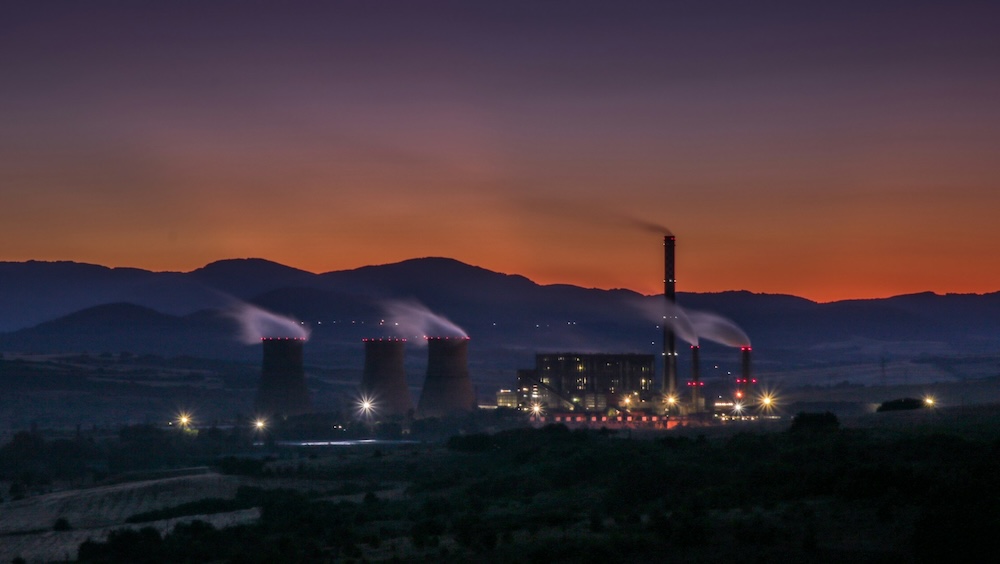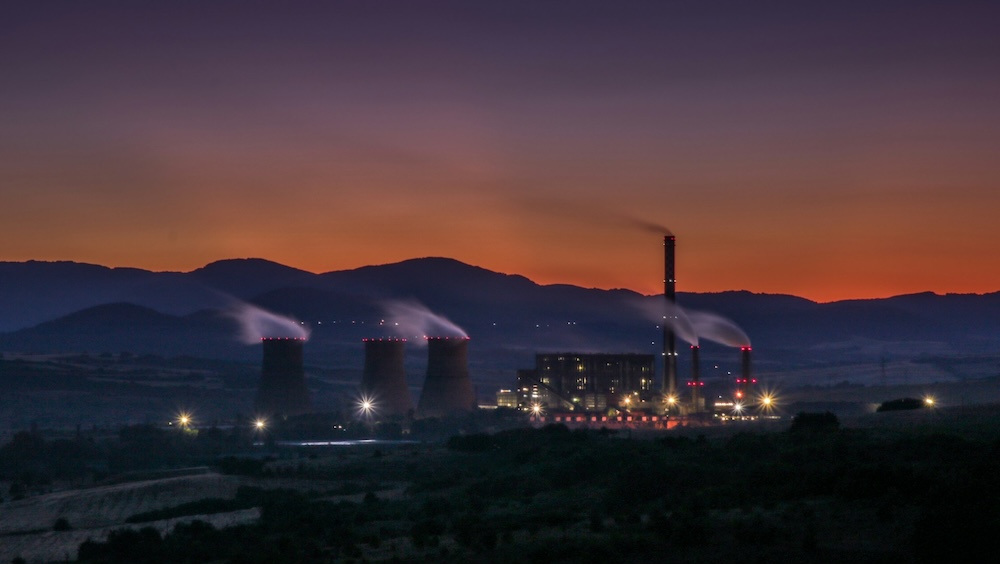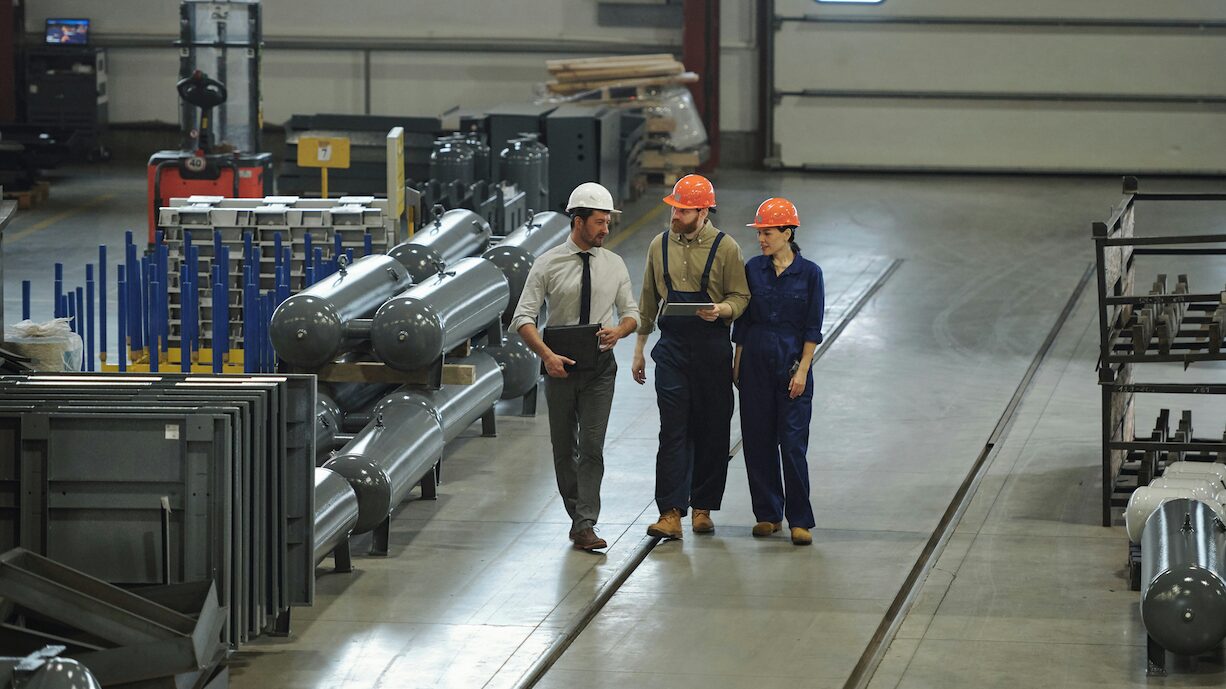
Small Modular Reactors: pioneering the future of nuclear energy for Net Zero goals
The global energy landscape is transforming as nations strive to enhance energy security and address the urgent challenges of climate change. In this context, Small Modular Reactors (SMRs) are emerging as a transformative technology within the nuclear industry, offering unique benefits in terms of scalability, safety, and environmental sustainability.
In-depth understanding of SMRs
Small Modular Reactors are defined by their output of typically 300 MWe or less per unit, distinguishing them from traditional, larger nuclear reactors. The most compelling feature of SMRs is their modular nature, allowing for components to be mass-produced in controlled factory settings and assembled onsite. This method can significantly reduce construction timelines and capital costs, making nuclear power accessible to regions and markets previously unable to bear the economic and logistical burdens associated with large-scale nuclear projects. Additionally, the smaller physical footprint and reduced cooling requirements of SMRs allow for greater siting flexibility, including proximity to urban areas or integration into industrial complexes.
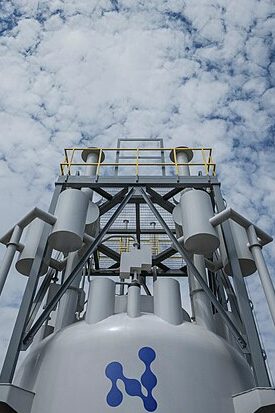
Enhanced safety features and reliability
SMRs are designed with advanced safety features that leverage passive safety systems. These systems utilize natural physical laws, such as gravity and natural convection, to safely shut down the reactor and maintain cooling without external power or human intervention. This inherent safety design minimizes the risk of accidents and reduces the potential for operational disruptions, enhancing the reliability of nuclear power as a consistent energy source. The robust safety profile of SMRs not only increases their marketability but also bolsters public and regulatory confidence in nuclear technology as a safe energy alternative.
Role in decarbonizing energy-intensive sectors
Beyond merely providing electricity, SMRs are envisioned to play a crucial role in decarbonizing sectors that are traditionally challenging to electrify. Their ability to generate high-temperature heat is a game-changer for industrial applications such as chemical processing, steel manufacturing, and hydrogen production. This capability enables SMRs to facilitate the broader adoption of hydrogen as a clean fuel, which is pivotal for reducing emissions in heavy industries and transport sectors. By aligning with global decarbonization targets, SMRs enhance their value proposition as a versatile and essential component of a diversified clean energy strategy.

Seamless integration with renewable energy systems
The deployment of SMRs can complement the intermittent nature of renewable energy sources such as wind and solar. By providing stable and reliable baseload power, SMRs can help stabilize the grid, thereby enhancing the overall efficiency and reliability of energy systems. This integration supports a balanced energy mix, facilitating a smoother transition to renewable energy while ensuring that the energy supply remains uninterrupted, regardless of weather conditions or other variable factors.
Economic impact and social benefits
The economic implications of SMRs extend beyond the direct benefits of energy generation. The development of SMR technology can spur significant job creation in the manufacturing, construction, and operation phases. Economically, SMRs offer regions the potential for energy independence and can catalyze local economic development through enhanced energy availability. Socially, the deployment of SMRs can play a critical role in energy equity, providing high-quality, low-carbon energy to remote and underserved communities, thus supporting global efforts towards inclusive and sustainable industrial development.
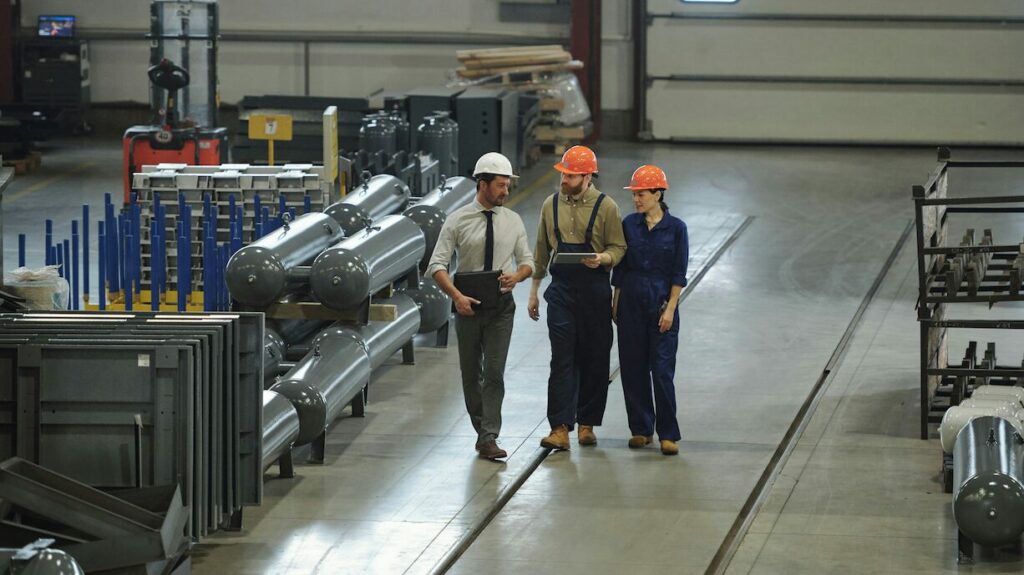
Navigating regulatory and market dynamics
While the promise of SMRs is compelling, their widespread adoption faces regulatory and commercial hurdles. Current nuclear regulatory frameworks, primarily tailored to large-scale reactors, need adaptation to address the unique characteristics of SMRs. Streamlining licensing procedures without compromising safety standards is essential for accelerating SMR deployment. Economically, establishing the cost competitiveness of SMRs against other energy sources, like other renewables, requires strategic financial incentives and robust market structures that recognize the long-term value of nuclear investments.
Global initiatives and the road ahead
Internationally, leading nuclear-developing countries are prioritizing SMR research and deployment. Initiatives in the United States, European Union, and parts of Asia reflect a concerted effort to position SMRs at the forefront of the next generation of nuclear technology. These efforts are supported by international collaborations and public-private partnerships, aimed at overcoming technical challenges and scaling up this promising technology.
As we advance towards 2030 and beyond, the role of SMRs in achieving global net-zero emissions targets becomes increasingly evident. Their deployment across diverse geopolitical and economic landscapes signifies a pivotal shift towards a sustainable and secure energy future. With continued innovation and supportive policies, SMRs could redefine nuclear energy’s role in the global energy economy, marking a significant stride towards sustainable development and climate mitigation.



